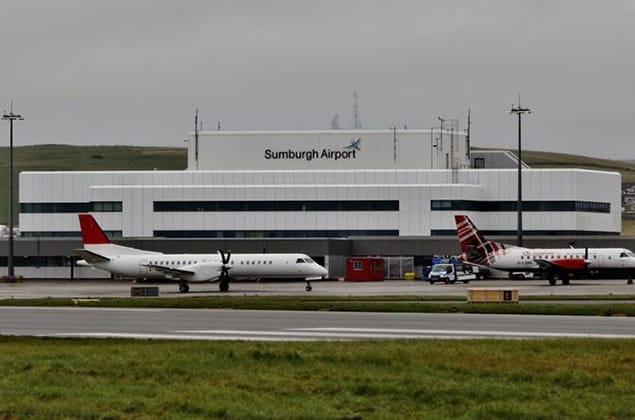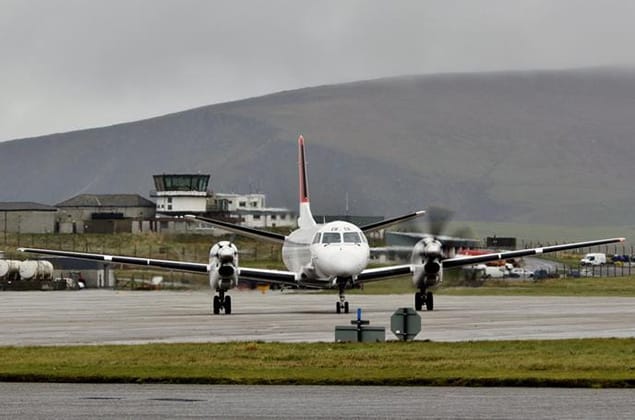Saab 2000 Specifications & Booking
Overview of the Saab 2000
The Saab 2000 is a Swedish-built mid-size business jet designed for commercial, military, and private use. Manufactured by Saab AB, it first took to the skies on March 28, 1992, and achieved certification in April 1993.
Technical Specifications
The Saab 2000 boasts the following technical specifications:
- Dimensions: Length - 23.32 m (76 ft 5 in), Wingspan - 19.65 m (64 ft 6 in), Height - 7.15 m (23 ft 6 in)
- Weight: Empty weight - 13,300 kg (29,240 lb), Maximum takeoff weight - 20,400 kg (45,000 lb)
- Engines: Two General Electric CF34-3A engines, each producing 8,700 lbf (38.5 kN) of thrust
- Performance:
- Maximum speed - Mach 0.82 (605 mph)
- Range - 4,000 km (2,500 miles) with maximum payload and reserves
- Cruising altitude - 10,670 m (35,000 ft)
- Capacity: Passengers - up to 19, Cargo capacity - 1,850 kg (4,080 lb), Crew - two pilots
Design and Features
The Saab 2000 features a unique design that sets it apart from other aircraft. Its aerodynamic shape and raked wingtips reduce drag, while the distinctive nose section provides improved airflow. The aircraft's materials and construction also showcase innovative designs, such as the use of lightweight composites.
History and Development
The Saab 2000 has a rich history:
- Key milestones:
- First flight - March 28, 1992
- Certification - April 1993
- Entry into service - June 1994
- Challenges faced during development:
- Adapting to changing market demands
- Meeting regulatory requirements
- Significant upgrades or variants:
- Ergonomic cockpit updates (2001)
- New avionics suite (2010)
Operational Use
The Saab 2000 is used in various operational scenarios:
- Airlines and organizations that operate it:
- British Airways
- Finnair
- Lufthansa
- Popular routes or missions:
- Role in aviation history:
Interesting Facts
Here are a few interesting facts about the Saab 2000:
- Unique design choices: The Saab 2000's raked wingtips and nose section were designed to improve airflow and reduce drag.
- Famous flights or events: The aircraft has been used for record-breaking flights and military operations.
- Pop culture appearances:
Frequently Asked Questions
What makes the Saab 2000 unique?
The Saab 2000's unique design features, such as its raked wingtips and nose section, set it apart from other aircraft. Its aerodynamic shape and lightweight composites also contribute to its distinctive appearance.
How much does the Saab 2000 cost?
The estimated cost of a Saab 2000 ranges from $20 million to $30 million, depending on configuration and customization.
What is the range of the Saab 2000?
The Saab 2000 has a maximum range of approximately 4,000 km (2,500 miles) with maximum payload and reserves.
Which airlines operate the Saab 2000?
British Airways, Finnair, Lufthansa, and other major airlines operate the Saab 2000. They choose this aircraft for its reliability, comfort, and range.
Is the Saab 2000 still in production?
The Saab 2000 is no longer in active production. However, used models are still available on the market, and some airlines continue to operate them as part of their fleets.





